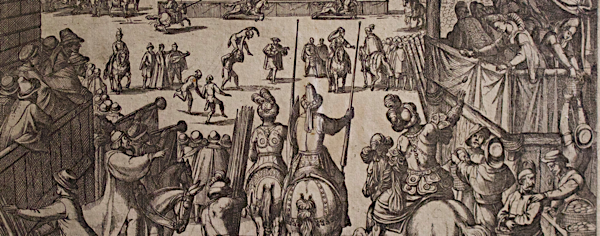Undergraduate Seminar: The Sensory City: Urbanism in Early Modern Italy

This seminar proposes the Renaissance city as urban experience. Architecture and urban space served as part of the fluid framework for artistic production and the practices of daily life, including religious ritual, festivities, and civic customs. The course will begin with architectural theory from Alberti to Filarete and interpretations of urban space by Trachtenberg and Trexler. We will continue with guilds, art production, and civic and religious patronage in the public sphere, including tabernacles and public sculpture. The sensory will be explored through: sight and viewership, performance and spectacles including games, weddings, processions, and triumphal entries, sounds, including town criers, plays, music, and church bells, and smells and tastes, including feasting, herbs, perfumes, and medicine. Ultimately this course aims to bring students beyond the artworks that survive in museums, putting the material and visual history of Renaissance Italy in the context of the social space of the city.
Estimated cost of materials: $0-50.
HISTART Concentration Distributions: 3. Early Modern, D. Europe and the US.
Required textbooks: None
Class format: Seminar
Intended audience: upper division undergraduates